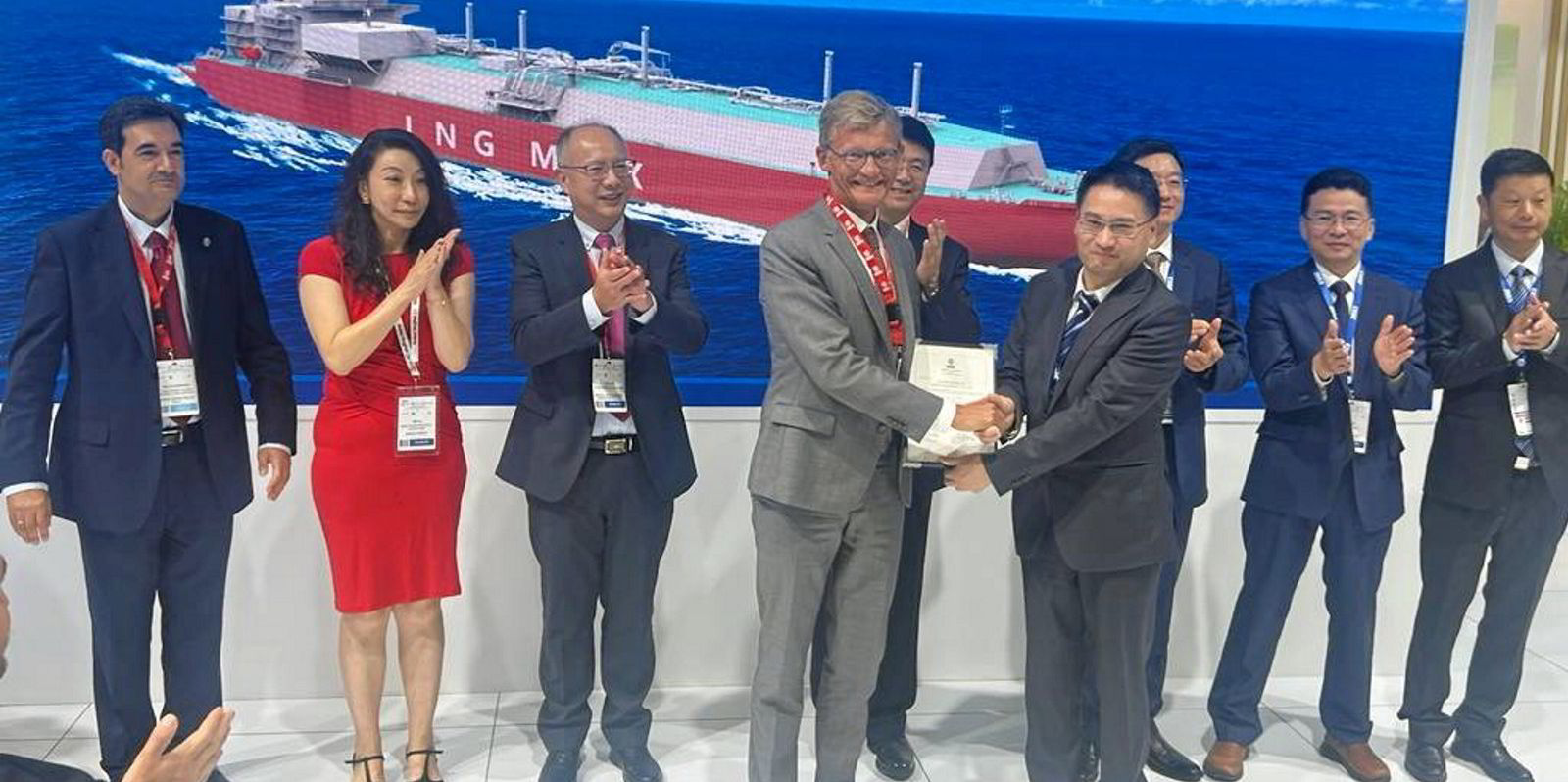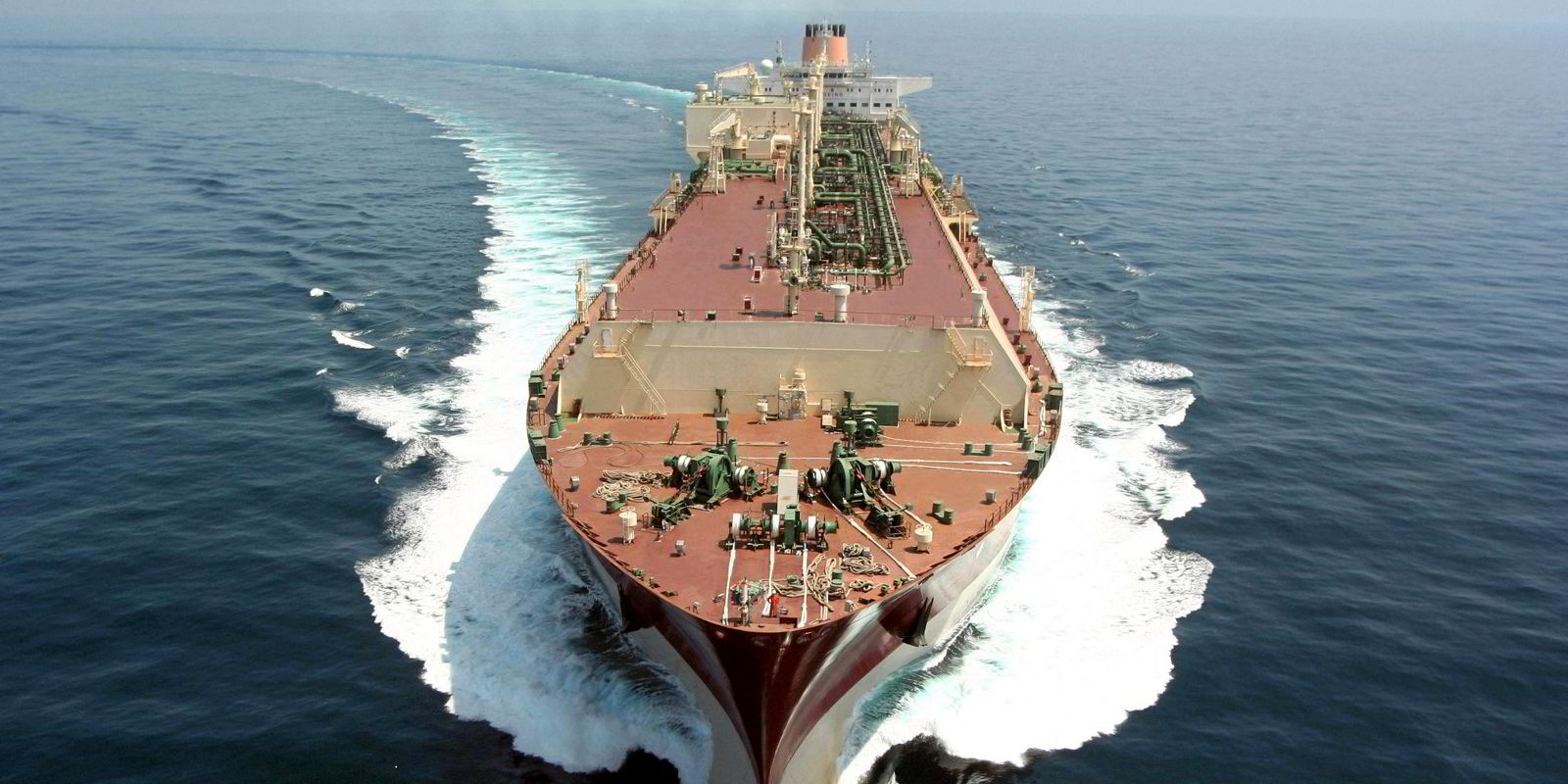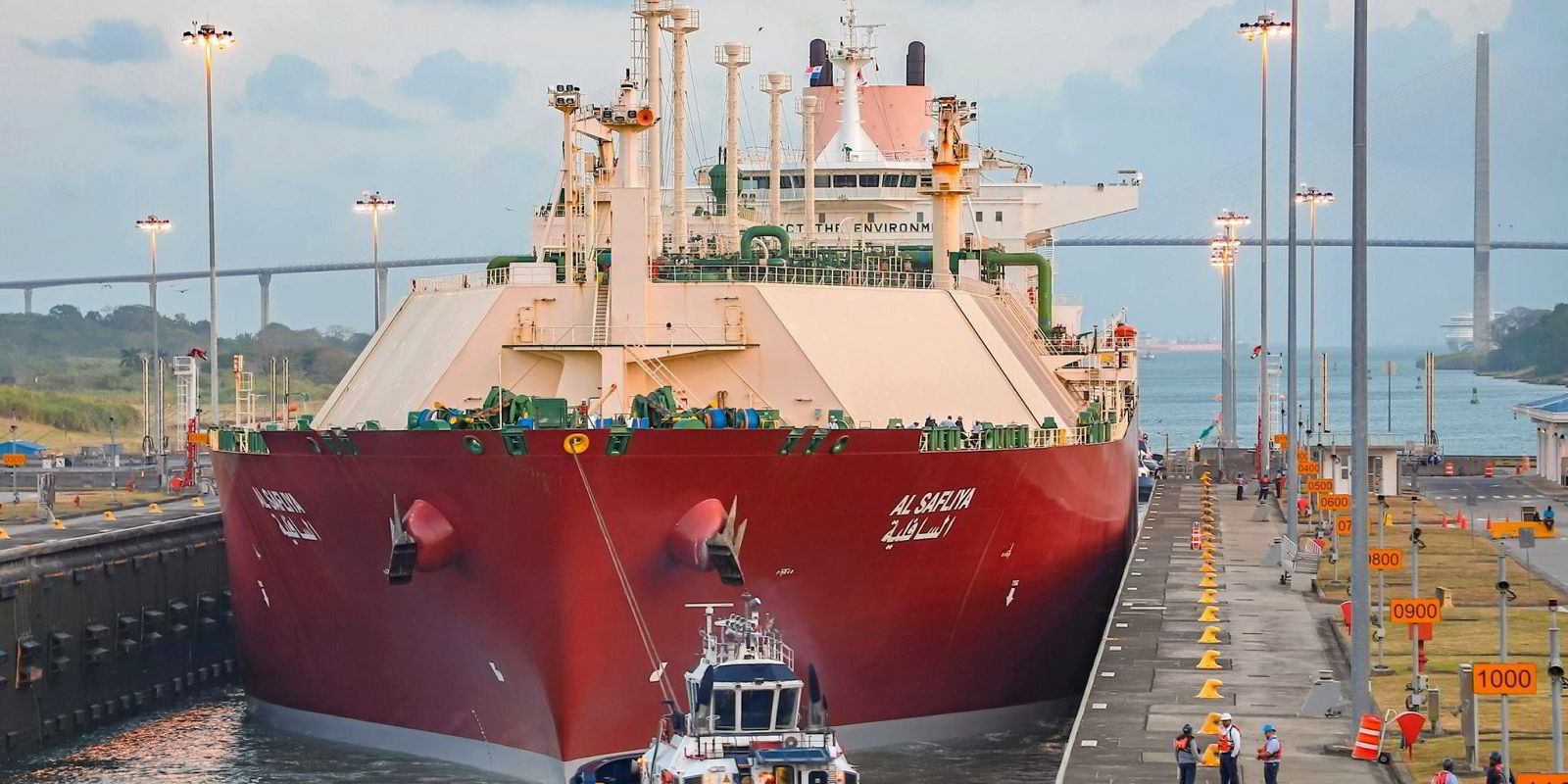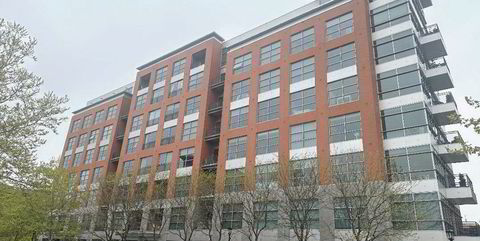Chinese shipbuilder Hudong-Zhonghua Shipbuilding has inked approval in principle (AiP) with four classification societies for what looks set to be a new breed of Q-Max LNG carriers.
In mass signing ceremonies at the start of the huge Gastech show in Singapore today, Hudong-Zhonghua wheeled out Bureau Veritas, DNV, Lloyd’s Register and American Bureau of Shipping officials to hand over AiP certificates on its stand.
Hudong-Zhonghua is dubbing its new LNG mammoth the Q-Type, to distinguish it from the existing 14 Q-Max LNG carriers of 263,000-cbm to 265,000-cbm owned by Nakilat and chartered to QatarEnergy and its subsidiary Qatargas.
The Chinese yard’s design is for a larger 271,000-cbm vessel with five tanks.
Hudong-Zhonghua officials said the new Q-Type would have X-DF slow-speed engines and an onboard reliquefaction plant.
The cargo containment system would be membrane type NO 96 super plus, which the yard is already building.
The Q-Type would have a length overall of 344 metres, a beam of 53.6 metres and a draught of 12 metres. This compares with 299 metres, 46.4 metres and 11.5 metres respectively for a 174,000-cbm vessel.
Hudong-Zhonghua claims the new behemoth would be “more economical, [of] lower carbon design, smarter and fully compatible with LNG terminals”.
They said that based on the requirements in the market it could deliver a first vessel at the end of 2028.
Hudong-Zhonghua, which is already working on the detailed design of the Q-Type, is expanding its capacity and will be able to build 12 LNG carriers per year by 2028.
Under the slogan “longer, wider, larger” at its presentation, the yard flashed up comparable dimension with the existing 174,000-cbm workhorses of today’s LNG industry.
Those watching the AiP handovers commented that the design is likely targeted at QatarEnergy’s requirement to renew its Q-Max fleet.
In March, TradeWinds reported that QatarEnergy — which is in the middle of a huge LNG carrier newbuilding program for which it pre-reserved 151 berths with four shipbuilders — had asked shipyards to come up with design proposals for an updated version of its Q-Max vessels.
The Middle East LNG-producing giant is said to be looking at a next generation of its large LNG carriers for shipping some of its new production from its North Field Expansion project to new Chinese LNG terminals.
There has been speculation that QatarEnergy could be targeting between six and 12 of the new vessels.
But with shipyard berth space at a premium, there has been interest in how and where QatarEnergy would build these ships.
To date, QatarEnergy has confirmed 66 LNG carrier newbuildings under phase one of this mammoth LNG shipbuilding programme and has started work on a second phase, which is believed to involve more than 40 berths.
Qatar’s Q-Max vessels were the largest trading LNG carriers built.
However, the ships initially struggled with terminal compatibility globally.
The membrane-type ships, along with their 210,000-cbm to 215,000-cbm Q-Flex cousins, were all built with slow-speed diesel engines in combination with onboard reliquefaction units.
As a result, the Q-ship fleet cannot burn LNG and so is limited to using very low-sulphur fuel oil. Combined with this, the vessels also have an increased need for fuel to power the large reliquefaction units, which leads to higher emissions.






